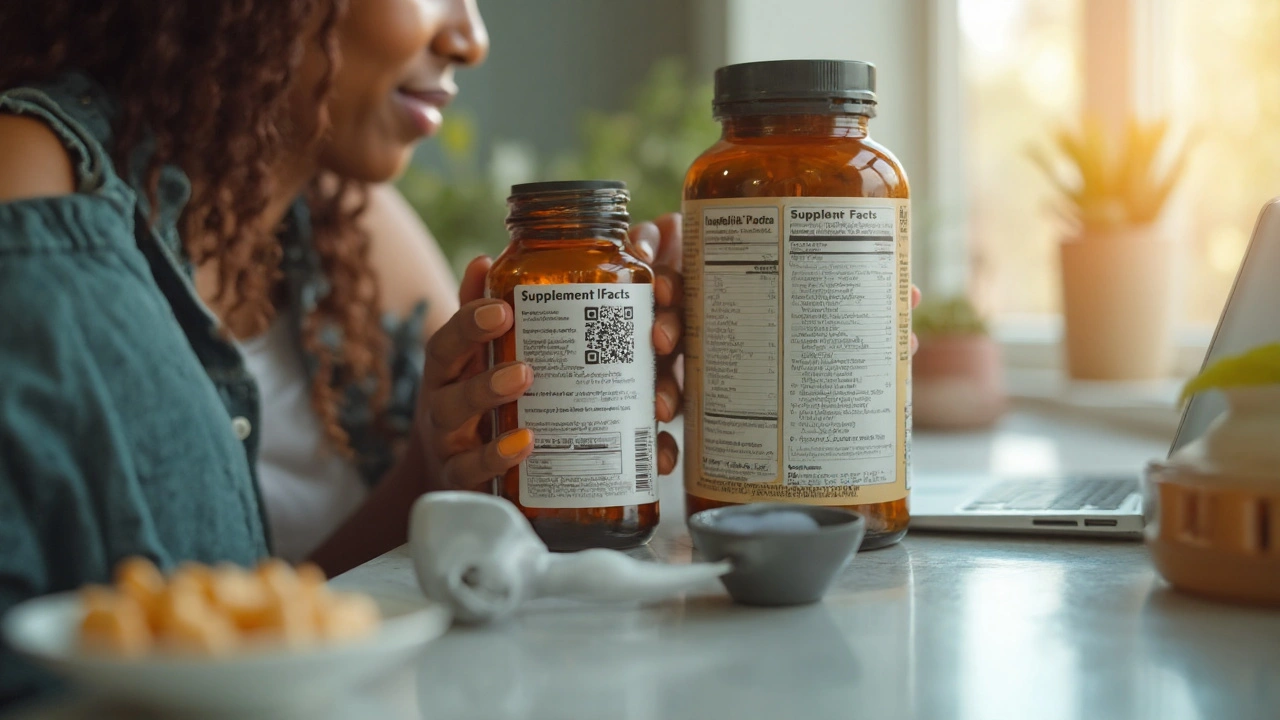Dosage and Safety: How to Take Your Meds the Right Way
Ever wondered if you’re dosing your medication correctly? Most people just skim the label, pop the pill, and hope for the best. The truth is, the right dose can make the difference between relief and risk. Below we break down the basics you need to know to keep your meds safe and effective.
Read the Label, Then Double‑Check
The first rule of dosage safety is simple: read the label *twice*. Pay attention to the number, frequency, and timing. For example, a prescription that says "Take 1 tablet twice a day" is not the same as "1 tablet every 12 hours" when you’re on a shift work schedule. Write the instructions down or set a reminder on your phone. If anything feels unclear, call the pharmacy. A quick call can prevent a costly mistake.
Know Who’s Covered by the Rules
Kids, elderly people, and those with kidney or liver problems often need a lower dose. The same pill that’s safe for a healthy adult could overload an older adult’s system. When you pick up a new prescription, ask the pharmacist if the dose needs adjustment for your age or health condition. If you’re buying online, check that the pharmacy asks for a valid prescription and offers a consultation.
Another hidden danger is mixing drugs. Some over‑the‑counter pain relievers, like ibuprofen, can interact with prescription blood thinners. Always list every medication—including vitamins and herbal supplements—to your doctor or pharmacist. That way they can spot a potential clash before you take the next dose.
Use the Right Tools
Measuring spoons and kitchen teaspoons look alike, but they’re not the same. A kitchen teaspoon can hold up to 7 ml, while a medical teaspoon is exactly 5 ml. If your dose is in milliliters, use a proper oral syringe or a calibrated cup. For pills, a pill organizer with compartments for each day can keep you from taking a double dose after a missed one.
For liquid meds, shake the bottle if the label says “shake well before using.” Some ingredients settle at the bottom, and taking a settled dose can give you more drug than intended. A quick shake ensures an even mix.
Watch for Side Effects and Adjust Promptly
Even when you follow the label perfectly, side effects can pop up. Common warning signs include dizziness, rash, or unusual sleep patterns. If you notice any of these, stop the medication and call your healthcare provider. Don’t guess that the symptoms will go away on their own—early intervention can prevent a serious reaction.
When you start a new medication, keep a simple journal: note the time you take it, the dose, and any immediate reactions. After a week, you’ll have a clear picture of how the drug works for you, and you’ll have solid data to discuss with your doctor.
Safe Buying Tips for Online Pharmacies
Buying meds online can be convenient, but safety is key. Choose a pharmacy that requires a prescription, displays a valid licensing number, and offers a secure connection (look for https://). Watch out for bargains that sound too good to be true—cheap pills often mean counterfeit or expired products.
Read customer reviews, but focus on details about product authenticity and shipping speed. A reputable site will also have a clear return policy and a way to contact a pharmacist directly.
Bottom line: dosage and safety aren’t just about the numbers on a bottle. It’s about reading, asking, measuring, monitoring, and buying wisely. Follow these steps, and you’ll get the most benefit from your medication while keeping risks to a minimum.
-
28
Curious about Pinellia ternata? See real benefits, risks, typical amounts, and how to buy a safe supplement in 2025-without hype.

